by William E. Welsh
The Rebels sensed victory over Yankees on the crisp late winter morning in northwest Arkansas. They had driven off the Union cavalry that tried to block their advance into battle and captured a battery in the process. They had faith in Brig. Gen. Ben McCulloch, a former Texas Ranger, under whom many had fought and won at the Battle of Wilson’s Creek the previous summer. They were going to do the same to the Yankees that early March morning in 1862.
[text_ad]
Having outflanked Maj. Gen. Samuel Curtis’ army, which was entrenched behind Little Sugar Creek, McCulloch had led his division over the western shoulder of Pea ridge and come up behind the Yankees. The bluecoats rushed to change their front to face north rather than south. The Rebels had caught them off balance.
McCulloch Felled By Yankee Sharpshooter
McCulloch rode forward at 10:30 AM through thick brush to assist Colonel John Fry Hill in getting the 16th Arkansas regiment properly placed. A Yankee sharpshooter saw a mounted man in a black civilian coat scouting the lines of Colonel Peter Osterhaus’ troops and shot him square in the chest. McCulloch, who was killed instantly by the bullet, tumbled from his saddle to the ground. The Arkansans charged the 36th Illinois, which was well posted behind a snake-rail fence, but crashing volleys from the Illinoisans shattered multiple charges.
The Rebels withdrew. In the confusion they left McCulloch’s body in no-man’s land. Brig. Gen. James McIntosh, stationed with his old unit the 2nd Arkansas Cavalry, immediately charged the Yankees. McIntosh desperately wanted to recover McCulloch’s body. A Yankee gun cracked as it sent a minie ball square into the young general’s chest. The loss of its first and second commanders devastated the Rebel right wing. It was no longer capable of a sustained attack. This left Maj. Gen. Sterling Price’s left wing to face the full weight of West Point graduate Curtis’ army.
Two Separate Battles Raged on the First Day
The 4,300-acre battlefield is reached by U.S. Route 62 that traverses the northern part of the state. The visitor center is the best place to start your visit. It has a theater, bookstore, and a small museum. Park rangers and volunteers on duty can help you tailor your visit and also answer questions about the battle and the park. A 10-stop driving tour begins near the visitor center and runs clockwise through the park.
It is important to remember that the Confederate left and right wings were fighting in different locations. The battle raged at two locations about a mile apart. The most compelling sites are Leetown Battlefield (Stop 4), Elkhorn Tavern (Stop 8), and Confederate Sunset (Stop 9). These sites are where the heavy action occurred during the two-day battle.
Walk Where the Confederate Generals Fell
At Leetown Battlefield, visitors can see where McCulloch was conducting his reconnaissance in the woods on the north side of Oberson’s field and where McIntosh led his last charge. Elkhorn Tavern is compelling because Price’s graybacks captured it on March 7 only to lose it in the Union counterattack the next day.
Confederate Sunset marks the furthest advance by Price’s graybacks on March 7. Price’s troops were primarily Missourians, and they hoped to achieve a victory that would allow them to return victorious to their home state. Instead, they suffered a staggering defeat. The Yankees had reason to be proud. Through their hard fighting they had secured Missouri for the Union.
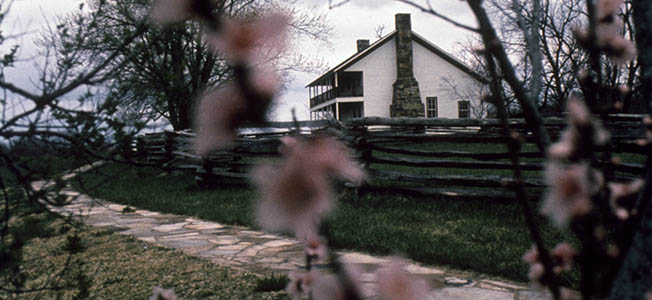
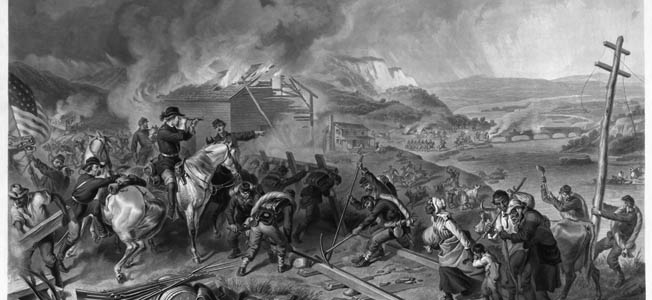
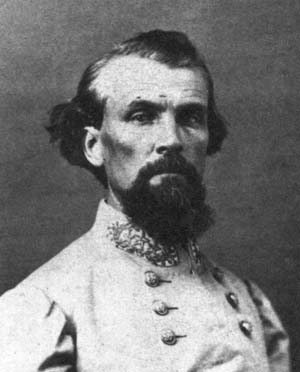
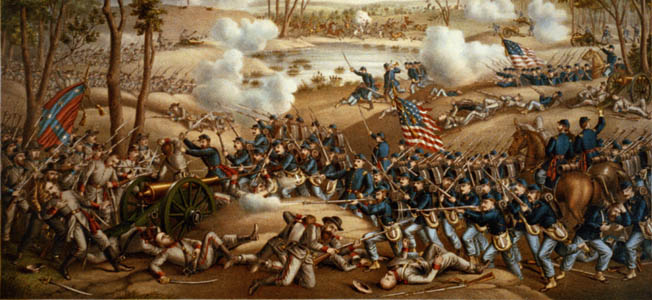
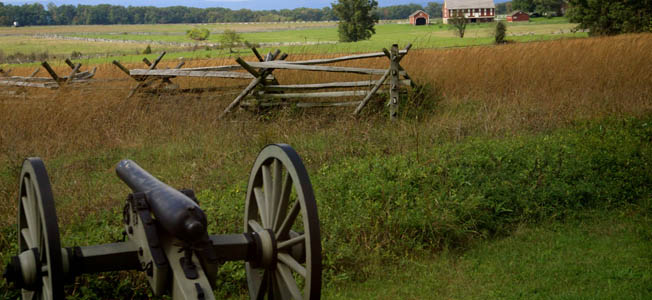
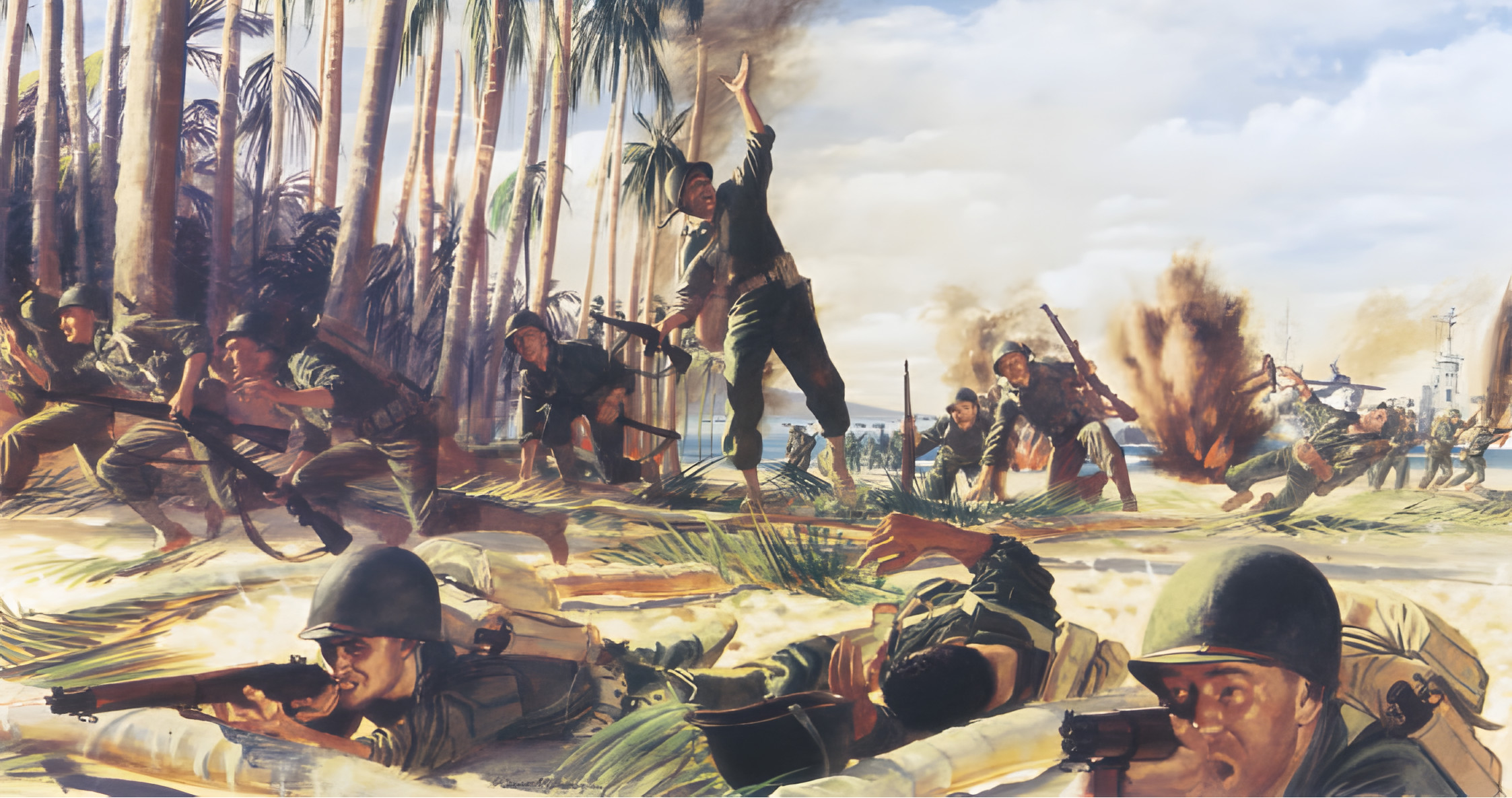
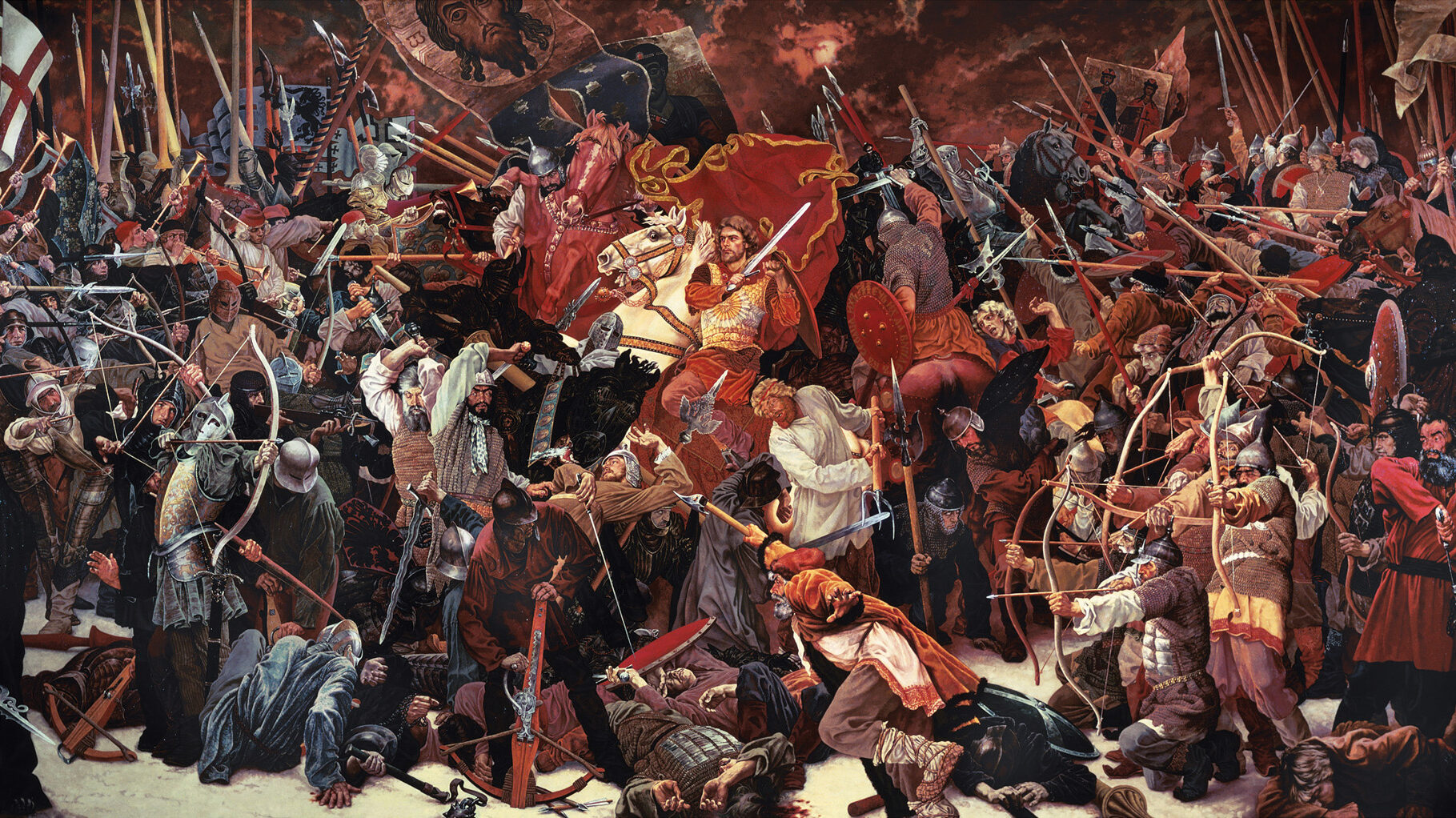
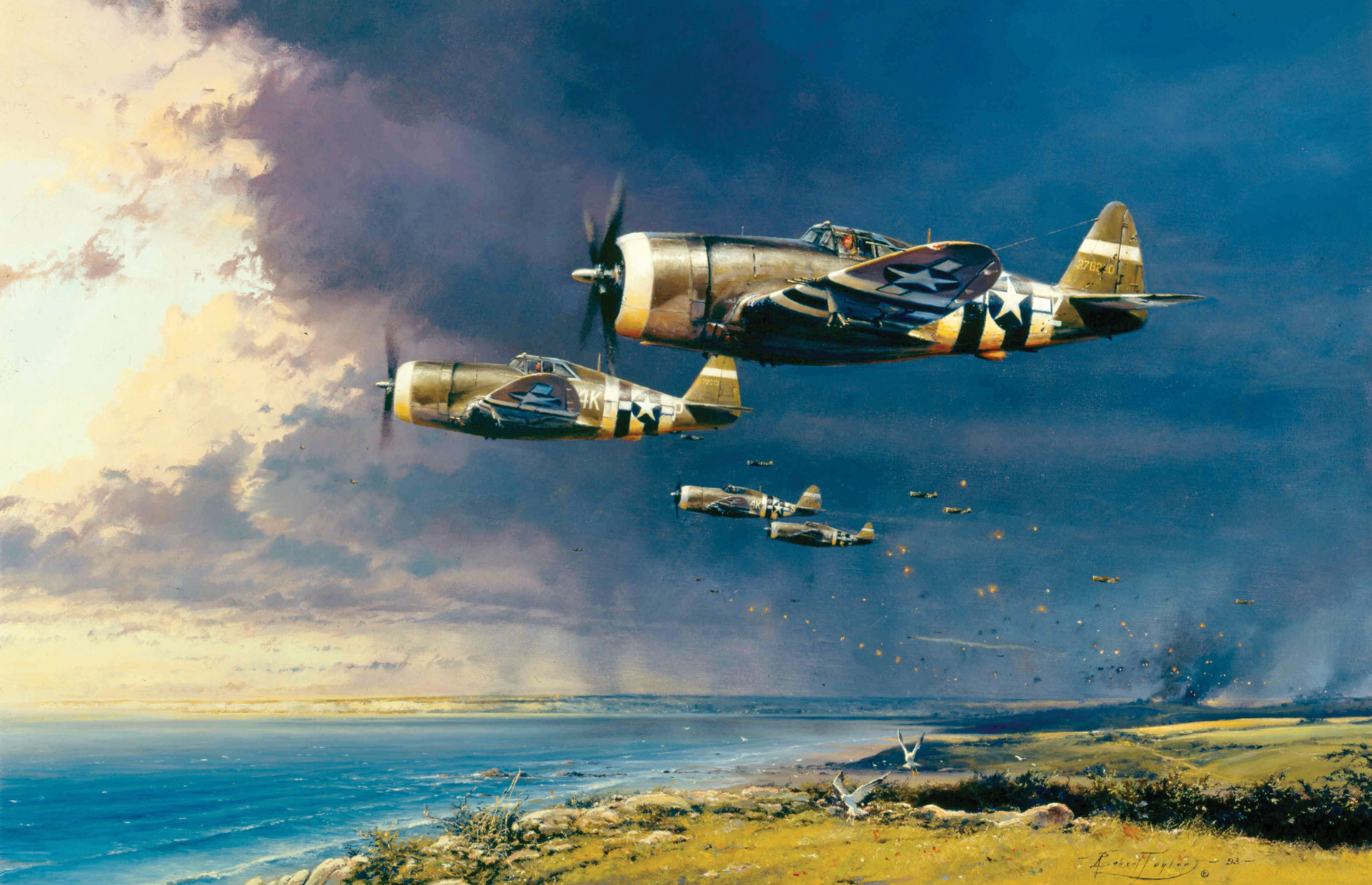
Join The Conversation
Comments
View All Comments